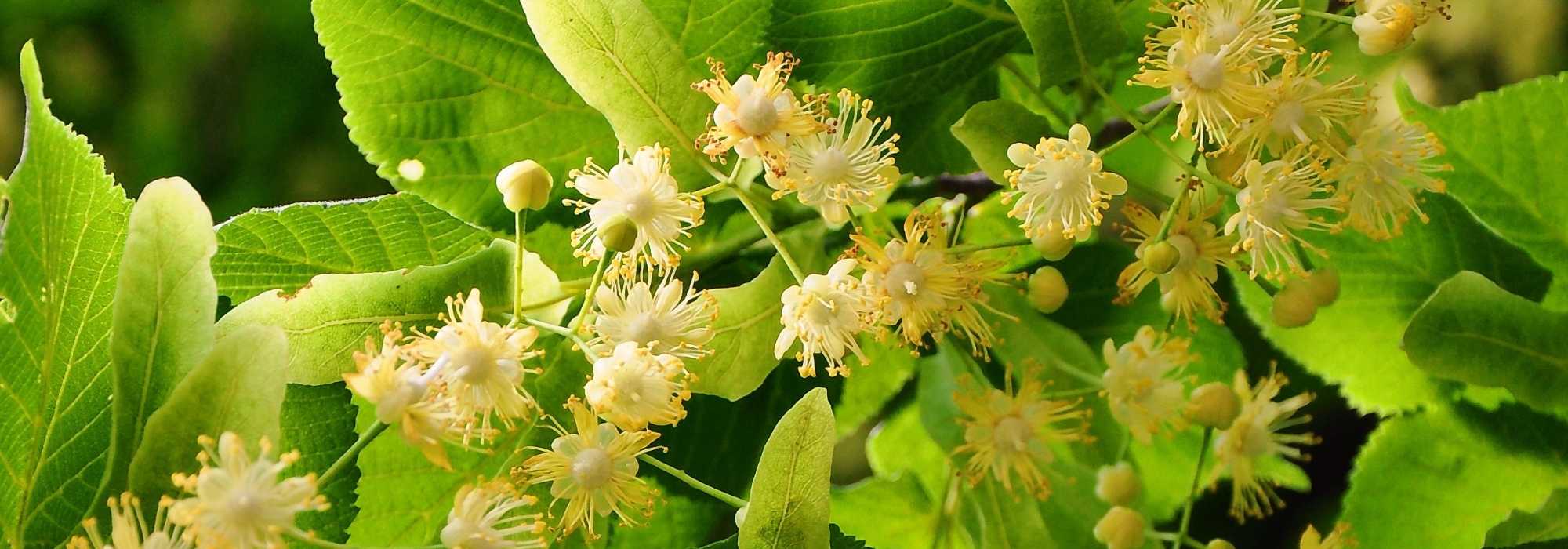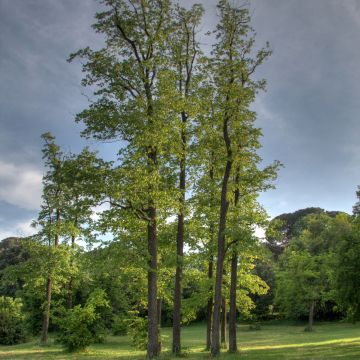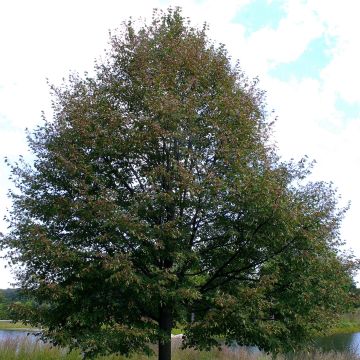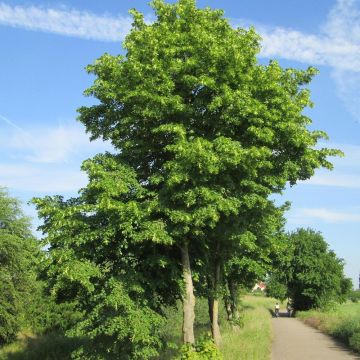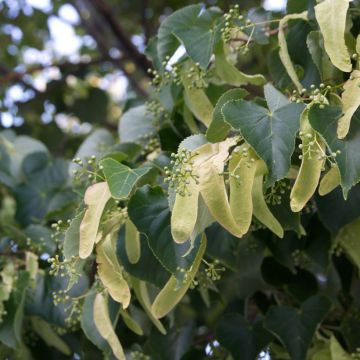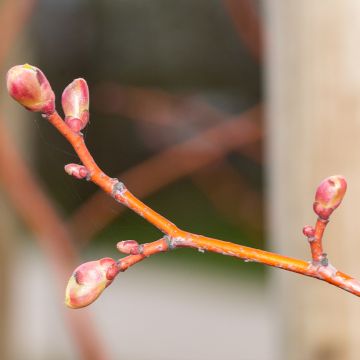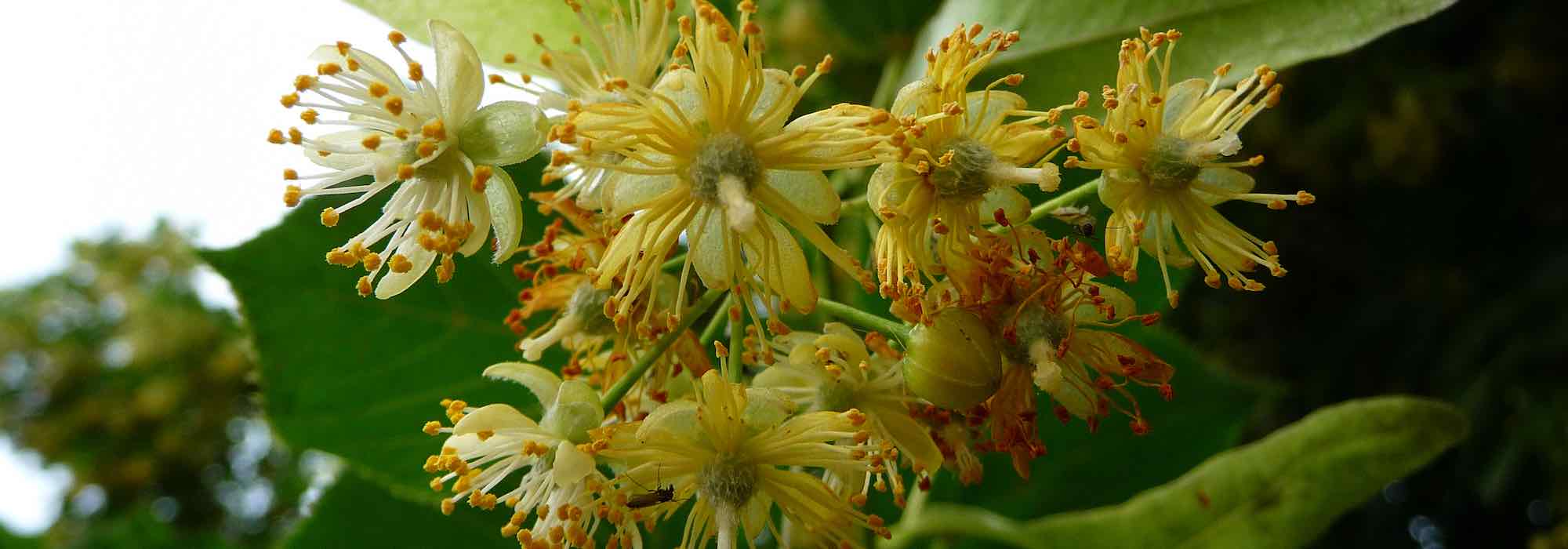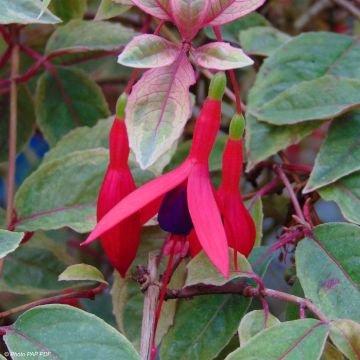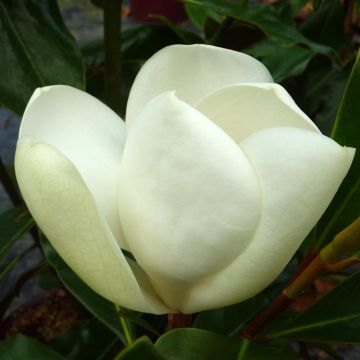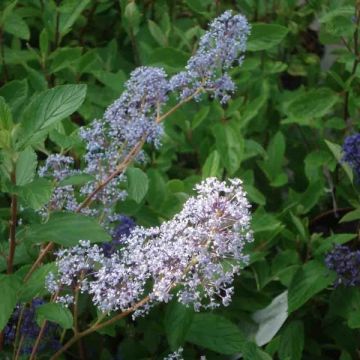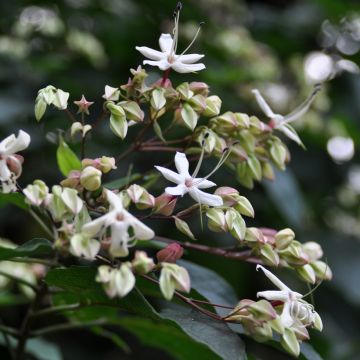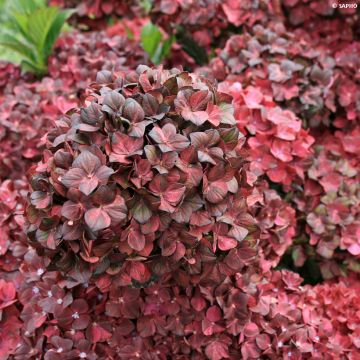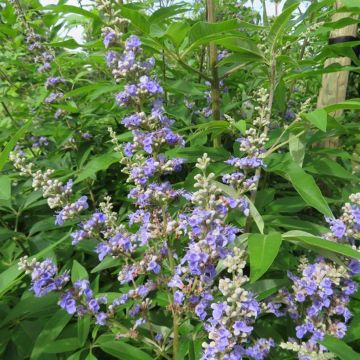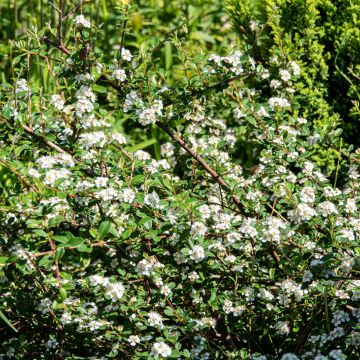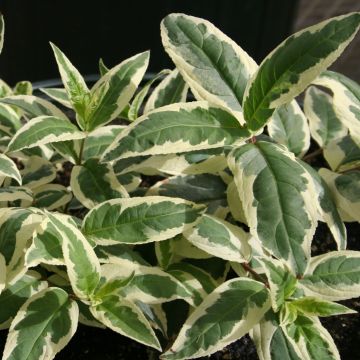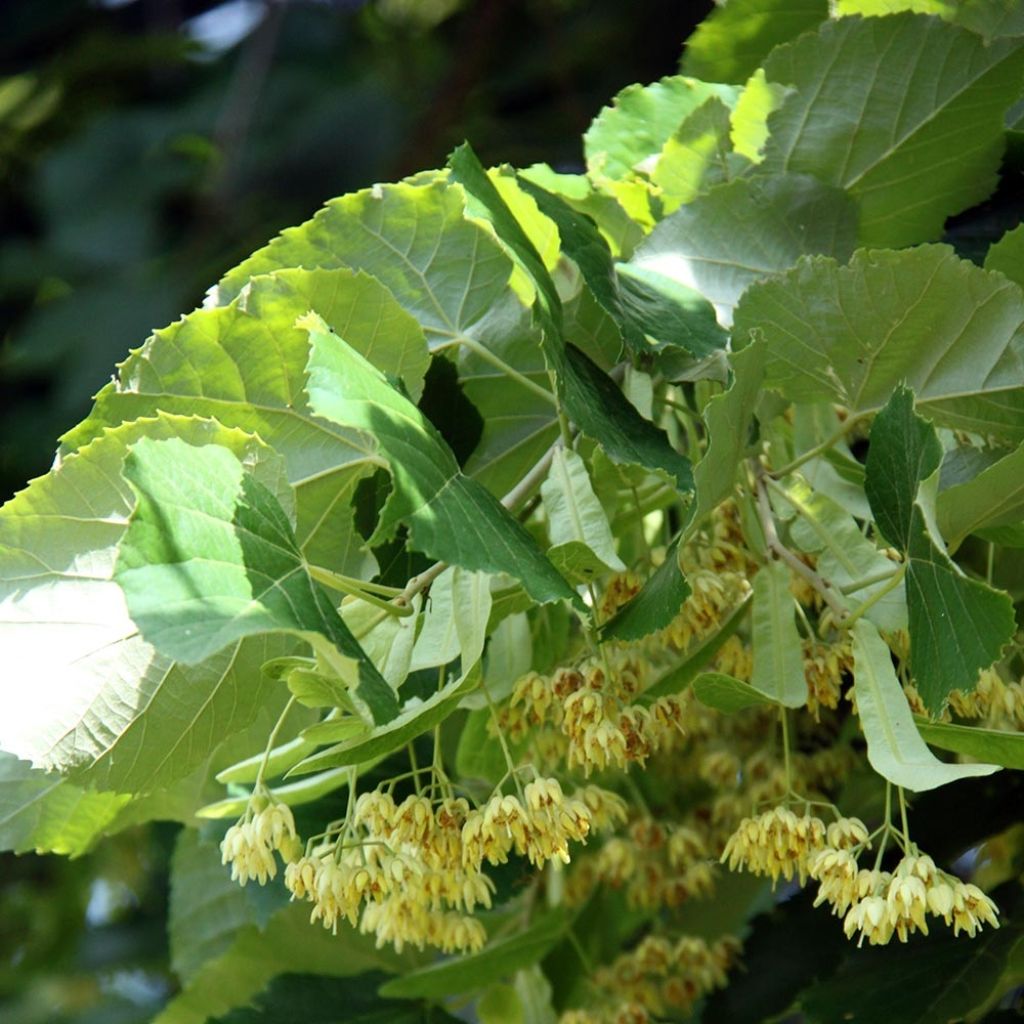

Tilia platyphyllos - Lime
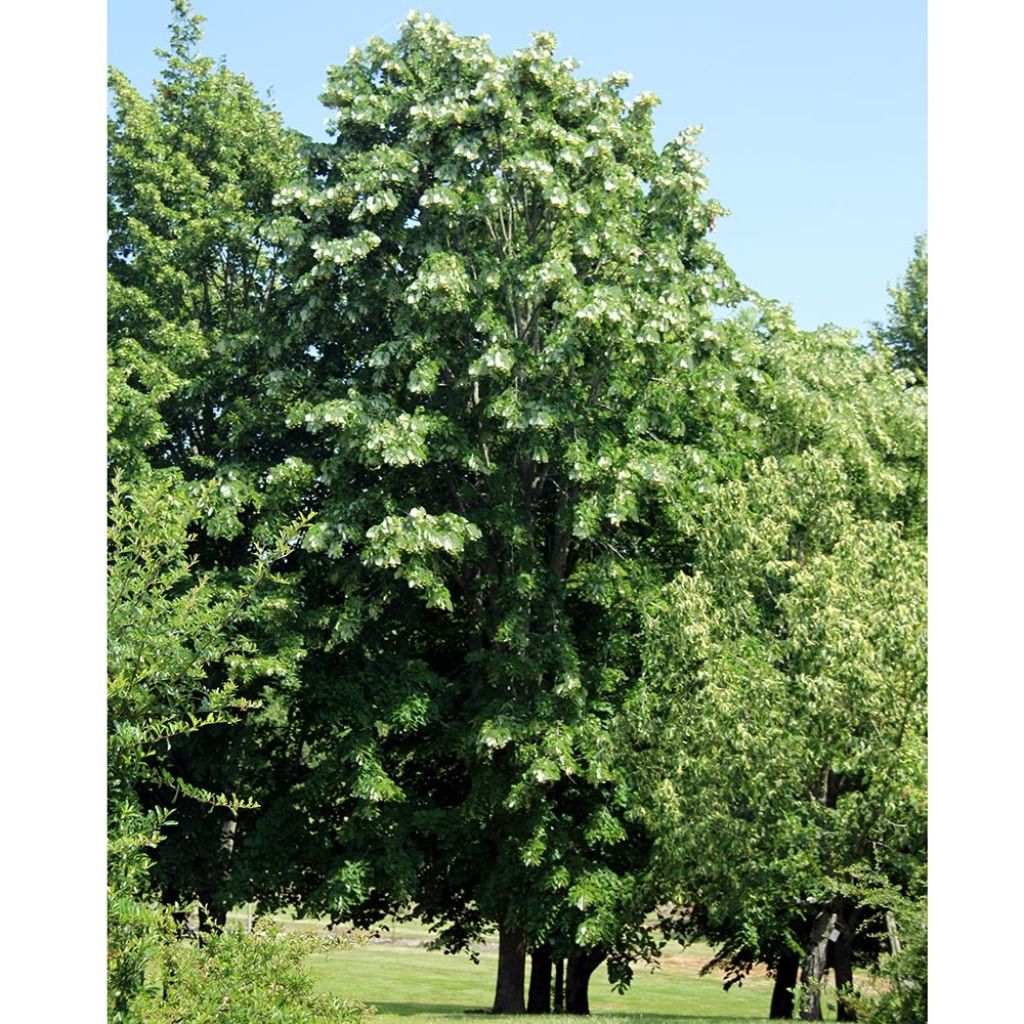

Tilia platyphyllos - Lime
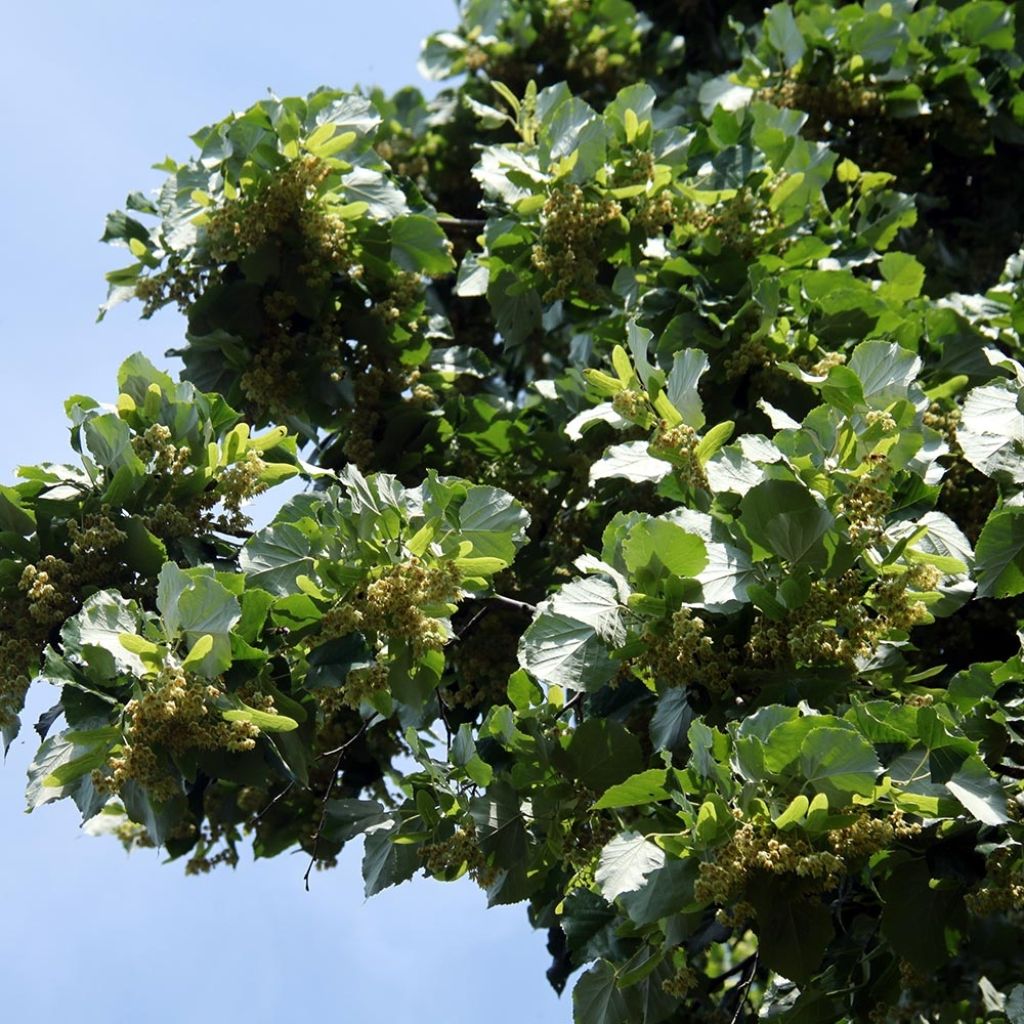

Tilia platyphyllos - Lime
Tilia platyphyllos - Lime
Tilia platyphyllos
Large-leaved Lime, Large-leaved Linden, Broad-leaved Lime
Arrived perfectly packaged at the end of February 2024. Top-notch quality. Perfect recovery except for the leaves taking their time (they emerged in the second half of May). Now it looks superb.
Béatrice, 05/10/2024
Special offer!
Receive a €20 voucher for any order over €90 (excluding delivery costs, credit notes, and plastic-free options)!
1- Add your favorite plants to your cart.
2- Once you have reached €90, confirm your order (you can even choose the delivery date!).
3- As soon as your order is shipped, you will receive an email containing your voucher code, valid for 3 months (90 days).
Your voucher is unique and can only be used once, for any order with a minimum value of €20, excluding delivery costs.
Can be combined with other current offers, non-divisible and non-refundable.
Home or relay delivery (depending on size and destination)
Schedule delivery date,
and select date in basket
This plant carries a 24 months recovery warranty
More information
We guarantee the quality of our plants for a full growing cycle, and will replace at our expense any plant that fails to recover under normal climatic and planting conditions.
Does this plant fit my garden?
Set up your Plantfit profile →
Description
Tilia platyphyllos, or large-leaved lime, is a large tree with a majestic silhouette and large deciduous leaves, which are beautifully cordate. Like all limes, it offers fragrant and honey-producing flowering, important for beekeeping and herbal medicine. Its foliage turns yellow in autumn. Its beautiful grey bark cracks as it ages. Of average to fast growth, it is content with ordinary, deep, moist soil, and a semi-shady exposure. It tolerates limestone soils, unlike the small-leaved lime, and is suitable for forming windbreak hedges with other large deciduous wild species such as oaks, hornbeams, beeches, and elms. Suitable for the largest gardens.
Tilia platyphyllos, also known as the Holland lime, belongs to the Malvaceae family. Quite rare in its natural state, it is native to Western Europe. Its growth is very rapid in its youth and its adult size can reach 35m (115ft) in height with a spread of 15m (49ft). It can reach 40m (131ft) in height if surrounded by other trees (as in a forest). This lime tree can live up to 1000 years. It is a very beautiful deciduous tree, often planted as a shade tree in parks or in rows along avenues.
It has a spreading to rounded habit, forming a broad dome-shaped canopy, thinner towards the top, surmounting an often short and massive trunk, becoming gigantic with age. The branches are ascending, starting low, and are arranged at an acute angle with the trunk. The young twigs and buds are reddish, glabrous or slightly hairy, punctuated by elongated light-coloured lenticels. They become more greyish over time. The leaves are entire, alternate, 10 to 20cm (4 to 8in) long, heart-shaped at the base, and bordered by small teeth. Pubescent, they turn a bright green in summer on the upper side, showing a felted underside and yellowish hairs at the angle of the veins. In autumn, they turn golden yellow. The flowering is early for a lime tree; it takes place at the beginning of summer, generally in June. The small flowers are pale-yellow with lime-green stamens. They are gathered in pendulous corymbs, in groups of 2 to 5, and attached to the twigs by a long petiole. Remarkably fragrant and rich in nectar, they bring joy to bees and herbal tea enthusiasts. They are followed by small globose fruits with 5 prominent ribs attached to a wing called a samara. The fruits are initially green then grey.
Plant for posterity in a garden large enough to accommodate it. It can be planted as a solitary shade tree or in rows along a very large avenue. If you have enough space, place two specimens at the entrance of the garden to frame a beautiful gate. You can plant it with other trees or shrubs such as Persian Parrotia or x Sycoparrotia, similar but with semi-evergreen foliage, the Sweet Gum, or the winged spindle (Euonymus alatus), on which you can let a Virginia creeper climb to create a dazzling grove from September to November. Its flowers are an important source of nectar, valuable for beekeepers. A Japanese medlar, flowering in October-November with a scent of bitter almond, a black locust, and the Honey Tree (Tetradium daniellii), flowering from June to August, could also play this nourishing role if you have a beehive in your garden.
A legendary tree:
In Gaul, the lime tree was traditionally planted in the centre of the village. In Germany, it was under a lime tree that the Germanic peoples gathered to dispense justice. Its use in herbal tea is still very common in France, and it was once called "The Sorcerer's Tree" because of its medicinal properties attributed to powerful spirits residing in its bark. In the Canary Islands, a venerable lime tree grows and the locals call it "the weeping tree". It is said that in years of drought, it secretes enough fresh water to quench all the animals on the island.
Tilia platyphyllos - Lime in pictures
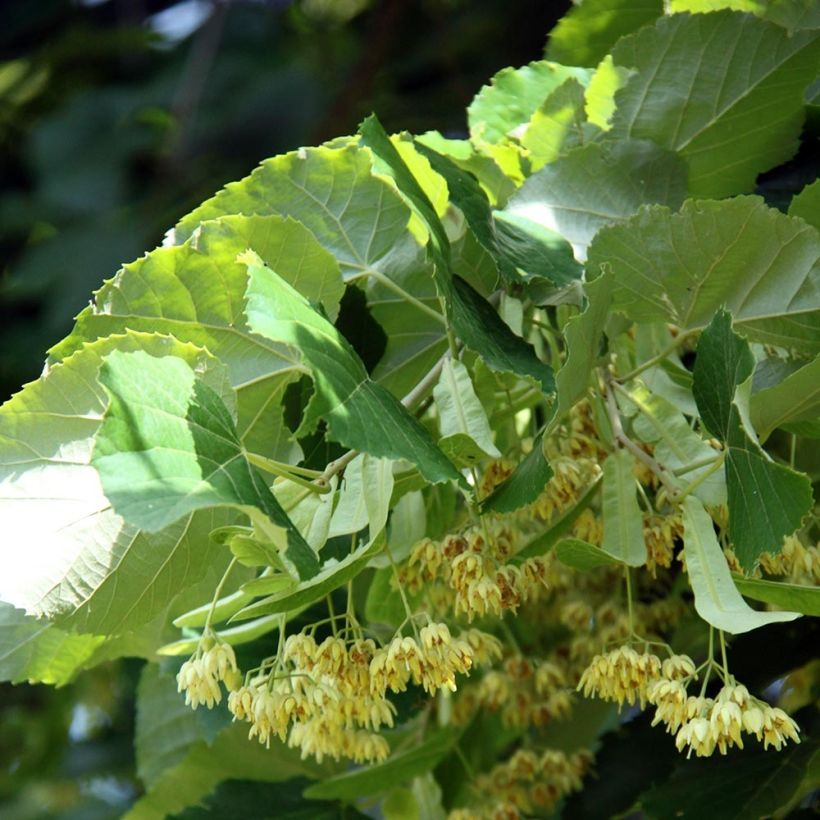

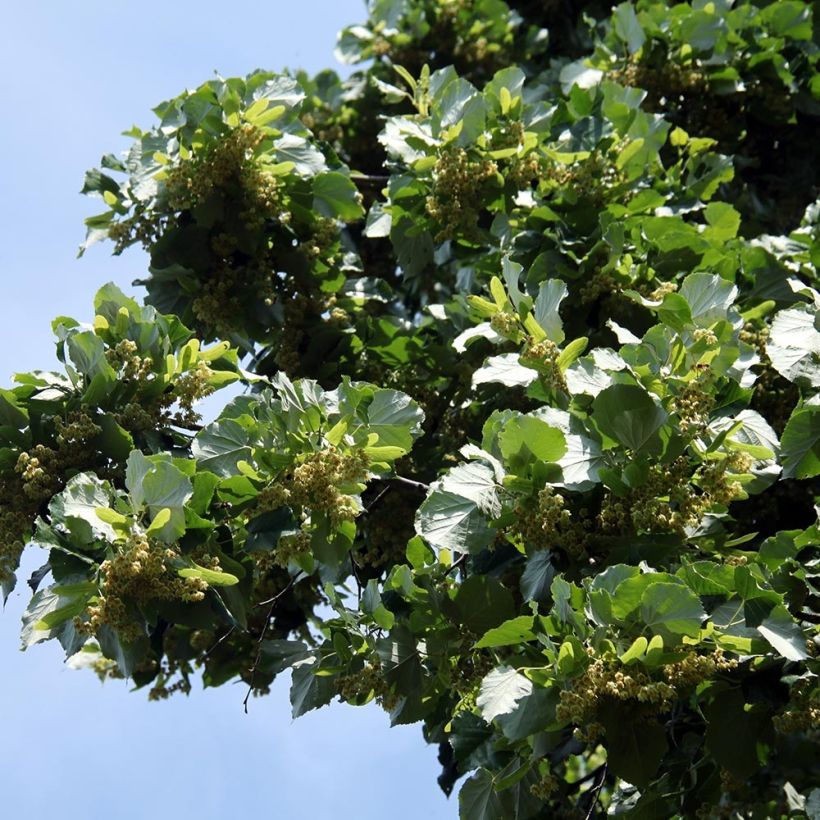

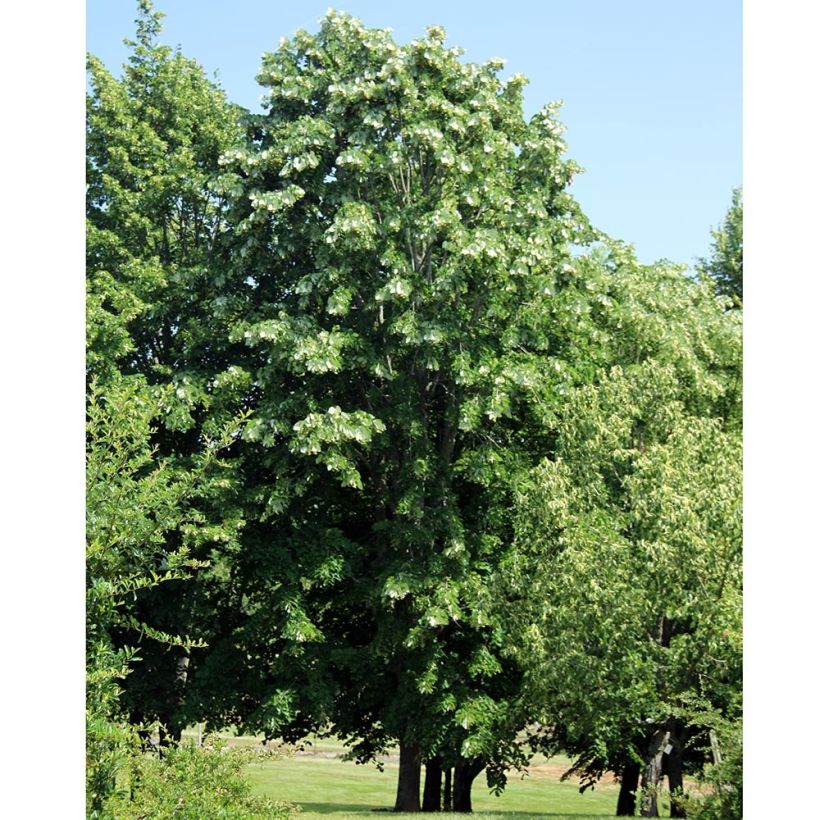

Plant habit
Flowering
Foliage
Botanical data
Tilia
platyphyllos
Tiliaceae
Large-leaved Lime, Large-leaved Linden, Broad-leaved Lime
Cultivar or hybrid
Other Tilia - Linden
View all →Planting and care
Plant in autumn or spring. It tolerates cold weather well and can withstand moderate winds, but not sea spray. It requires a sunny location or, at a push, semi-shade. It is adaptable to both alkaline and acidic soils, but not overly poor ones. Avoid excessively wet or dry soils. Ordinary, deep, fertile, and moist soil will ensure optimal growth. When young, prune the lower branches to allow for easy movement under the tree.
Planting period
Intended location
Care
Planting & care advice
-
, onOrder confirmed
Reply from on Promesse de fleurs
Similar products
Haven't found what you were looking for?
Hardiness is the lowest winter temperature a plant can endure without suffering serious damage or even dying. However, hardiness is affected by location (a sheltered area, such as a patio), protection (winter cover) and soil type (hardiness is improved by well-drained soil).

Photo Sharing Terms & Conditions
In order to encourage gardeners to interact and share their experiences, Promesse de fleurs offers various media enabling content to be uploaded onto its Site - in particular via the ‘Photo sharing’ module.
The User agrees to refrain from:
- Posting any content that is illegal, prejudicial, insulting, racist, inciteful to hatred, revisionist, contrary to public decency, that infringes on privacy or on the privacy rights of third parties, in particular the publicity rights of persons and goods, intellectual property rights, or the right to privacy.
- Submitting content on behalf of a third party;
- Impersonate the identity of a third party and/or publish any personal information about a third party;
In general, the User undertakes to refrain from any unethical behaviour.
All Content (in particular text, comments, files, images, photos, videos, creative works, etc.), which may be subject to property or intellectual property rights, image or other private rights, shall remain the property of the User, subject to the limited rights granted by the terms of the licence granted by Promesse de fleurs as stated below. Users are at liberty to publish or not to publish such Content on the Site, notably via the ‘Photo Sharing’ facility, and accept that this Content shall be made public and freely accessible, notably on the Internet.
Users further acknowledge, undertake to have ,and guarantee that they hold all necessary rights and permissions to publish such material on the Site, in particular with regard to the legislation in force pertaining to any privacy, property, intellectual property, image, or contractual rights, or rights of any other nature. By publishing such Content on the Site, Users acknowledge accepting full liability as publishers of the Content within the meaning of the law, and grant Promesse de fleurs, free of charge, an inclusive, worldwide licence for the said Content for the entire duration of its publication, including all reproduction, representation, up/downloading, displaying, performing, transmission, and storage rights.
Users also grant permission for their name to be linked to the Content and accept that this link may not always be made available.
By engaging in posting material, Users consent to their Content becoming automatically accessible on the Internet, in particular on other sites and/or blogs and/or web pages of the Promesse de fleurs site, including in particular social pages and the Promesse de fleurs catalogue.
Users may secure the removal of entrusted content free of charge by issuing a simple request via our contact form.
The flowering period indicated on our website applies to countries and regions located in USDA zone 8 (France, the United Kingdom, Ireland, the Netherlands, etc.)
It will vary according to where you live:
- In zones 9 to 10 (Italy, Spain, Greece, etc.), flowering will occur about 2 to 4 weeks earlier.
- In zones 6 to 7 (Germany, Poland, Slovenia, and lower mountainous regions), flowering will be delayed by 2 to 3 weeks.
- In zone 5 (Central Europe, Scandinavia), blooming will be delayed by 3 to 5 weeks.
In temperate climates, pruning of spring-flowering shrubs (forsythia, spireas, etc.) should be done just after flowering.
Pruning of summer-flowering shrubs (Indian Lilac, Perovskia, etc.) can be done in winter or spring.
In cold regions as well as with frost-sensitive plants, avoid pruning too early when severe frosts may still occur.
The planting period indicated on our website applies to countries and regions located in USDA zone 8 (France, United Kingdom, Ireland, Netherlands).
It will vary according to where you live:
- In Mediterranean zones (Marseille, Madrid, Milan, etc.), autumn and winter are the best planting periods.
- In continental zones (Strasbourg, Munich, Vienna, etc.), delay planting by 2 to 3 weeks in spring and bring it forward by 2 to 4 weeks in autumn.
- In mountainous regions (the Alps, Pyrenees, Carpathians, etc.), it is best to plant in late spring (May-June) or late summer (August-September).
The harvesting period indicated on our website applies to countries and regions in USDA zone 8 (France, England, Ireland, the Netherlands).
In colder areas (Scandinavia, Poland, Austria...) fruit and vegetable harvests are likely to be delayed by 3-4 weeks.
In warmer areas (Italy, Spain, Greece, etc.), harvesting will probably take place earlier, depending on weather conditions.
The sowing periods indicated on our website apply to countries and regions within USDA Zone 8 (France, UK, Ireland, Netherlands).
In colder areas (Scandinavia, Poland, Austria...), delay any outdoor sowing by 3-4 weeks, or sow under glass.
In warmer climes (Italy, Spain, Greece, etc.), bring outdoor sowing forward by a few weeks.






























